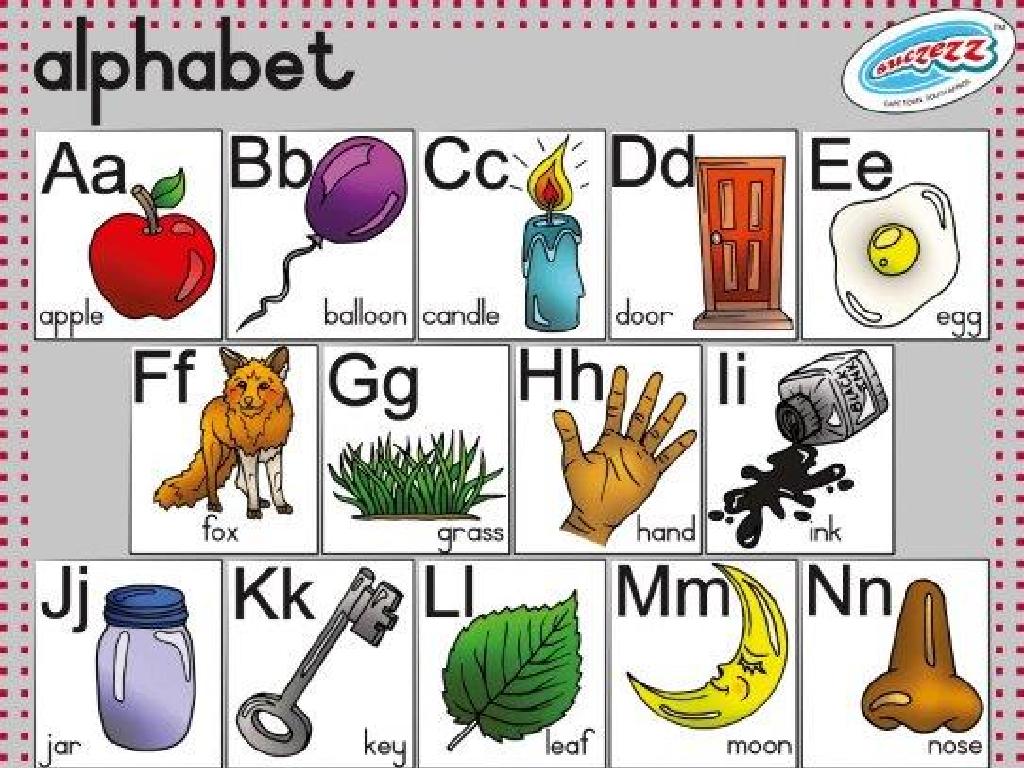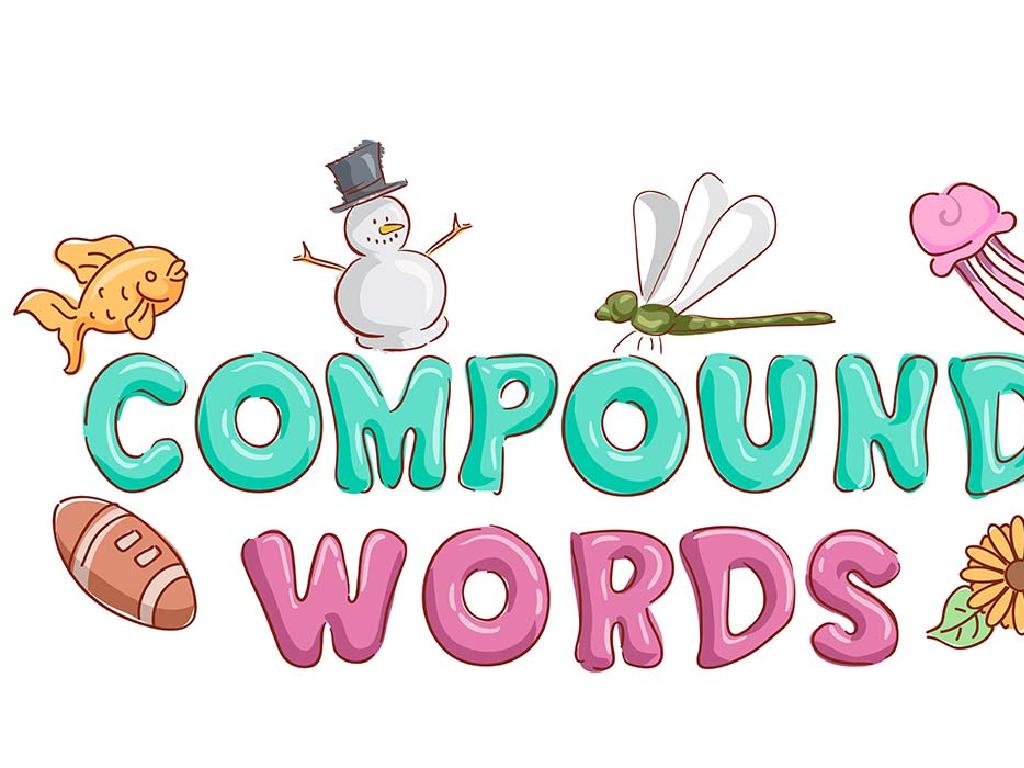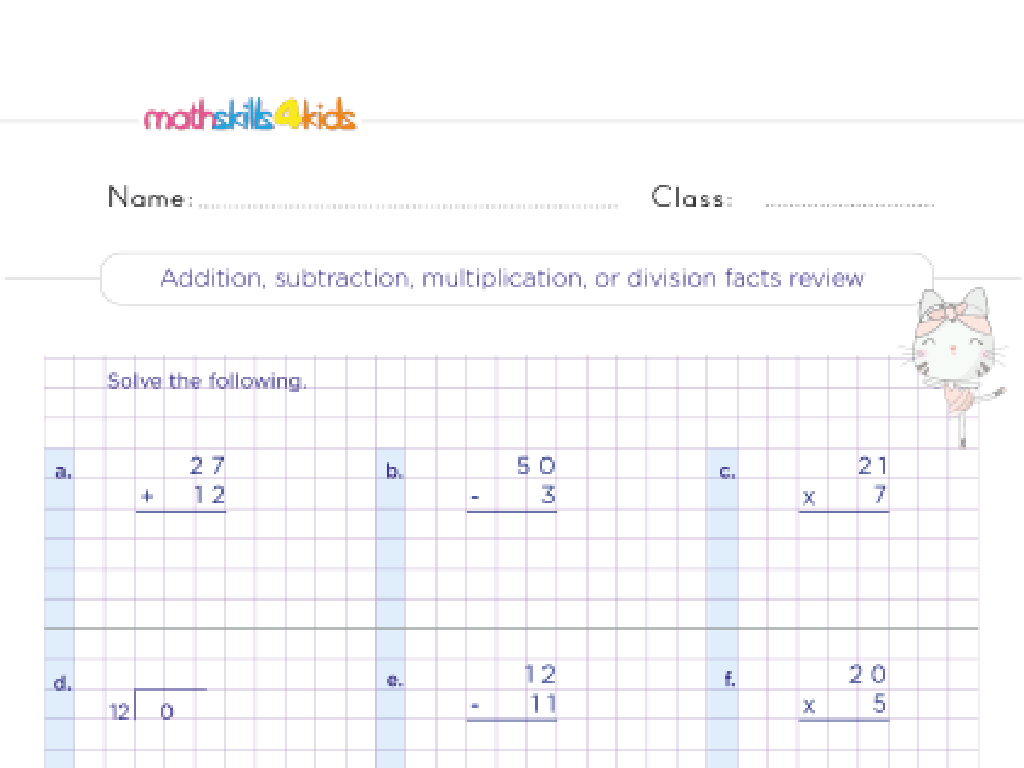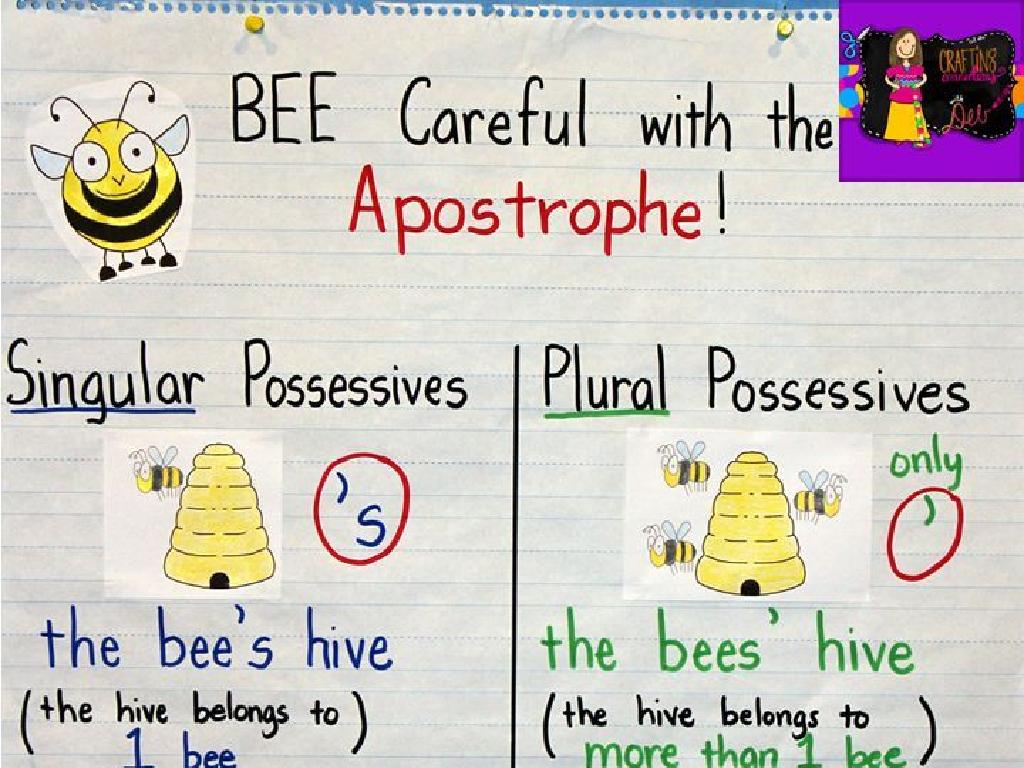The American Revolution: The Rebellion Begins
Subject: Social studies
Grade: Fifth grade
Topic: The American Revolution
Please LOG IN to download the presentation. Access is available to registered users only.
View More Content
The Roots of the American Revolution
– Origin of the American nation
– The American Revolution explained
– A war from 1775-1783 where 13 British colonies fought for independence
– Colonies’ desire for independence
– Unfair taxes and laws without representation led to the desire for self-rule
– Impact of independence
– Independence allowed for self-government and protection of individual freedoms
|
This slide introduces the American Revolution, setting the stage for understanding the historical context and causes of the conflict. Begin by discussing the origins of the United States as a nation, born out of a desire for self-governance and freedom. Explain the American Revolution as a pivotal war where the thirteen British colonies in North America sought to break away from British rule. Highlight the key reasons for the colonies’ desire for independence, focusing on the lack of representation in British Parliament and the imposition of unfair taxes and laws. Emphasize the impact of independence, such as the ability to self-govern and the protection of individual liberties. Encourage students to consider how these events have shaped the nation’s values and government.
Causes of the American Revolution
– ‘No Taxation without Representation’
– Colonists didn’t want to pay taxes without a say in British Parliament.
– The Stamp Act controversy
– A tax on paper goods that upset the colonists, leading to protests.
– Boston Tea Party rebellion
– Colonists dumped tea into Boston Harbor to protest against British taxes.
– Impact on colonists’ attitudes
|
This slide aims to introduce students to the key events that led to the American Revolution, focusing on the theme of colonial resistance to British policies. ‘No Taxation without Representation’ was a slogan that captured the colonists’ belief that they should not be taxed by the British government without having representatives in the British Parliament. The Stamp Act was a direct tax imposed on the colonies by England which led to widespread dissatisfaction and was a significant step towards the revolution. The Boston Tea Party was a direct action by the colonists against the Tea Act, which imposed taxes on tea. Discuss how these acts of rebellion demonstrated the growing frustration and desire for independence among the colonists. Encourage students to think about how they would feel if they were taxed without their consent and to consider the fairness of the British policies.
Key Figures of the American Revolution
– George Washington’s leadership
– Commander of the Continental Army, first President
– Thomas Jefferson’s role
– Wrote the Declaration of Independence, third President
– Contributions of Franklin and Adams
– Franklin: diplomat, inventor; Adams: advocate, second President
– Recognizing other revolutionaries
|
This slide introduces students to the influential leaders of the American Revolution. George Washington is highlighted as the commander of the Continental Army and the nation’s first President, setting the stage for his role in shaping the country. Thomas Jefferson is recognized for his pivotal work in drafting the Declaration of Independence and his subsequent service as the third President. Other notable figures include Benjamin Franklin, known for his diplomacy and inventions, and John Adams, who was a strong advocate for independence and later served as the second President. Encourage students to explore the contributions of these individuals and understand their lasting impact on the history of the United States. Discuss the importance of leadership and vision in the context of the American Revolution.
The First Battles of the American Revolution
– ‘Shot heard round the world’
– The first gunfire at Lexington, which started the war.
– Significance of Lexington & Concord
– These battles showed the colonists’ determination for independence.
– Start of the Revolutionary War
– Marked the official break from British rule and the start of conflict.
– Impact on American colonies
|
This slide introduces students to the beginning of the American Revolution with the first battles at Lexington and Concord. The phrase ‘shot heard round the world’ signifies the importance of these events on a global scale. Discuss the significance of these battles, emphasizing how they demonstrated the colonists’ willingness to fight for their rights and freedoms. Explain that these battles marked the official start of the war, leading to the United States’ struggle for independence from British rule. Engage students by asking what they would feel if they were part of the revolution during these significant events.
The Declaration of Independence
– What is this historic document?
– It’s a statement adopted by the 13 American colonies declaring independence from British rule.
– Grasping its purpose and ideas
– It outlines the colonies’ right to be free and self-governing.
– The signing’s impact on July 4, 1776
– Marked the birth of the United States, leading to annual celebrations on the Fourth of July.
|
The Declaration of Independence is a cornerstone of American history that marked the official separation of the 13 colonies from British control. It’s essential for students to understand not just what the document is, but why it was created and the fundamental ideas it presents, such as liberty and the pursuit of happiness. The impact of its signing on July 4, 1776, was profound, as it led to the formation of a new nation and is celebrated every year as Independence Day. Encourage students to think about what independence means to them and how this document still affects their lives today.
Life During the American Revolution
– War’s impact on daily life
– Daily routines changed; scarcity of goods and services.
– Women and children’s roles
– Women managed farms/businesses; children took on more responsibilities.
– Soldiers’ and civilians’ hardships
– Lack of supplies, harsh winters, and battles affected both soldiers and civilians.
– Resilience in tough times
|
This slide aims to give students a glimpse into the daily lives of people during the American Revolution. Discuss how the war disrupted normal life, leading to shortages and changes in roles, especially for women and children who had to take on additional duties. Highlight the difficulties faced by soldiers, such as inadequate clothing and food, and the impact of the war on civilians, including displacement and destruction of property. Emphasize the resilience and adaptability of people during these challenging times. Encourage students to think about how they would have coped with such hardships and to appreciate the sacrifices made during the war.
Class Activity: Revolutionary Role-Play
– Reenact a Revolution scene
– Choose your historical character
– Be a Patriot, Loyalist, or Neutral
– Create a character dialogue
– What might your character say about the war?
– Understand different perspectives
– How did each group view the rebellion?
|
This activity is designed to help students empathize with the different perspectives during the American Revolution. By choosing to be a Patriot, Loyalist, or Neutral, students will explore the various reasons individuals aligned with these groups. Provide guidance on how to create dialogues that reflect historical accuracy and the sentiments of the time. Encourage creativity but also ensure that the dialogues are respectful and informative. Possible activities: 1) A Patriot arguing for independence, 2) A Loyalist explaining their loyalty to the Crown, 3) A Neutral character expressing their concerns about the war, 4) A debate between a Patriot and a Loyalist, 5) A town hall meeting with all perspectives presented. This will be a fun way for students to engage with history and better understand the complexities of the American Revolution.






